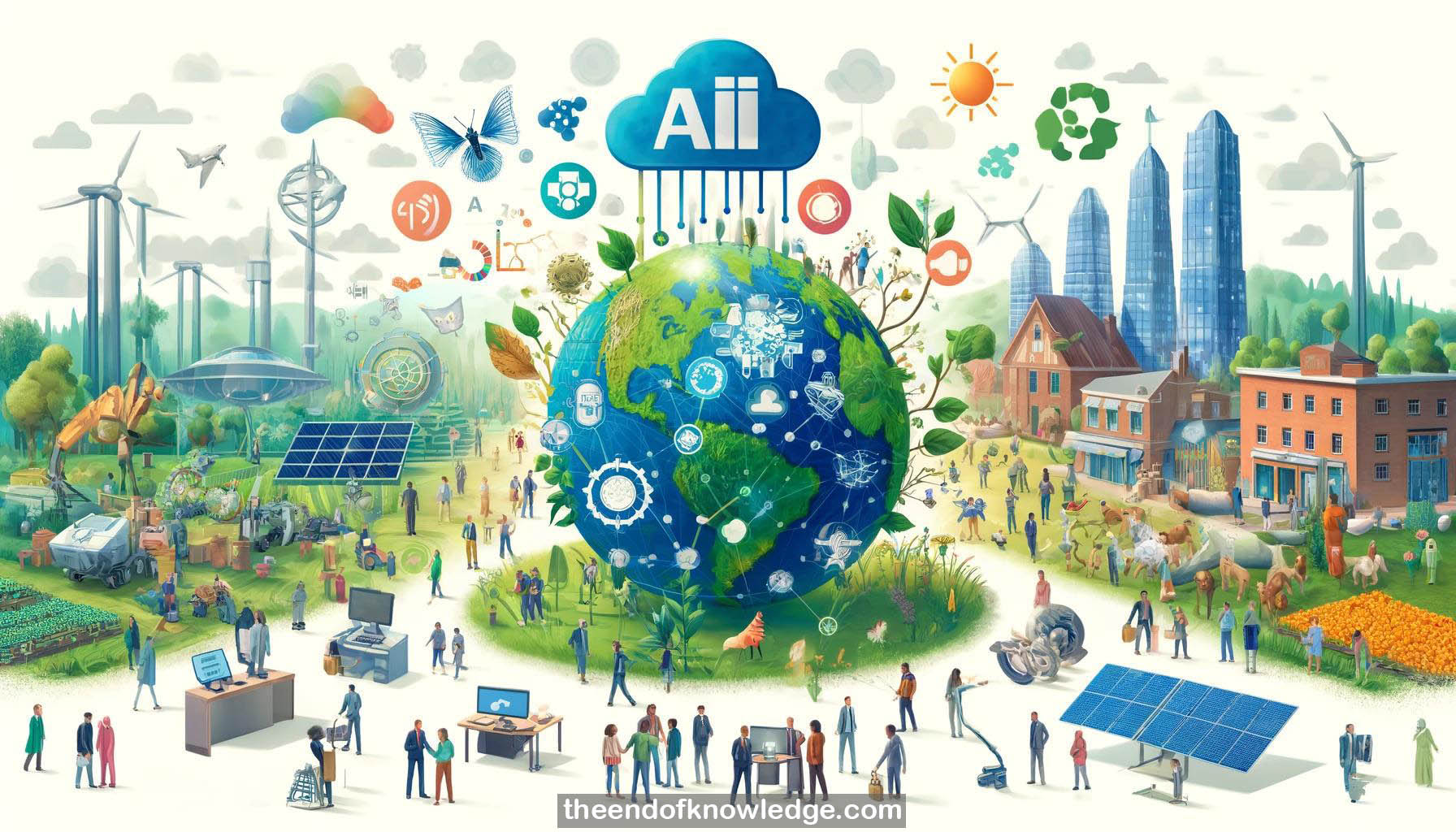 >
>
Concept Graph & Resume using Claude 3 Opus | Chat GPT4o | Llama 3:
Resume:
1.- Introduction to AI for Good Summit: The AI for Good Summit aims to identify practical AI applications for advancing sustainable development goals and scaling these solutions globally. 2. Microsoft's Climate Change Commitment: Microsoft focuses on climate change due to the belief that for Microsoft to do well, the world needs to do well, highlighting the urgency of immediate action.
2.- 3. Chief Environmental Officer Role: Lucas Joppa, as Microsoft's first Chief Environmental Officer, emphasizes the importance of combining environmental science with technology for impactful solutions.
3.- 4. Carbon Neutral and Negative Goals: Microsoft aims to be carbon negative by 2030, meaning they will remove more carbon than they emit, starting with achieving net-zero carbon emissions.
4.- 5. Challenges of Carbon Removal: Achieving net-zero involves reducing emissions and capturing carbon, leveraging both nature-based solutions like reforestation and technological advancements.
5.- 6. Impact of the Pandemic: The pandemic has accelerated digital transformation, reducing travel-related carbon emissions and prompting a reevaluation of work and interaction norms.
6.- 7. Developing AI for Environmental Solutions: Microsoft launched the AI for Earth program to address gaps in funding, skills, and awareness, supporting global efforts with a $50 million investment.
7.- 8. AI for Earth Grants Program: The grants program supports over 500 grantees in more than 100 countries, helping organizations deploy AI for environmental solutions.
8.- 9. Planetary Computer Initiative: This initiative aims to build a computing platform to manage environmental data, enabling better understanding and decision-making about the world's natural resources.
9.- 10. Physics-Constrained AI for Fire Prediction: Organizations like Terrafuse use AI combined with physical models to predict and manage real-time fire risks effectively.
10.- 11. Tree Inventory with AI: Sylvia Terra utilized AI to create the first tree inventory of the United States, critical for understanding carbon sequestration potential and conservation efforts.
11.- 12. Citizen Science with AI: The iNaturalist platform engages citizen scientists to collect biodiversity data, leveraging AI to identify species and contribute to scientific research.
12.- 13. AI's Carbon Footprint: Microsoft is committed to powering its operations with 100% renewable energy by 2025 and emphasizes sustainable AI practices throughout the development and deployment lifecycle.
13.- 14. Leveraging AI for Sustainability: AI can drive sustainability by optimizing resource use, enhancing monitoring and reporting, and supporting the transition to lower-carbon technologies.
14.- 15. Global Collaboration for Environmental Data: Effective governance and global collaboration are essential for managing environmental data, ensuring accessibility, and leveraging it for impactful solutions.
15.- 16. Transition Support for Resource-Based Sectors: Microsoft supports sectors like oil and gas in transitioning to sustainable practices, emphasizing the importance of partnership in achieving climate goals.
16.- 17. Healthy Competition in Sustainability: Encouraging healthy competition among tech companies can drive innovation and more effective sustainability solutions.
17.- 18. AI for Developing Countries: Programs like AI for Earth provide resources and support to developing countries, helping them implement AI-driven environmental solutions.
18.- 19. Barriers to AI Adoption: Challenges include funding, technical expertise, and infrastructure, which can be addressed through supportive programs and partnerships.
19.- 20. Post-Pandemic Climate Behaviors: The pandemic has highlighted the potential for reduced travel and increased remote work, contributing to long-term carbon emission reductions.
20.- 21. Sustainable Real Estate and Urban Planning: The shift to remote work impacts city centers, potentially reducing the environmental footprint of buildings and urban infrastructure.
21.- 22. Encouraging Digital Transformation: Digital platforms like Zoom and Teams facilitate remote work, reducing travel and associated emissions, but require ongoing adaptation and optimization.
22.- 23. AI for Smart Agriculture: AI can enhance agricultural practices, improving efficiency, reducing waste, and supporting sustainable food production systems.
23.- 24. Monitoring Illegal Activities with AI: AI technologies can monitor and prevent illegal activities such as logging and poaching, protecting biodiversity and natural resources.
24.- 25. AI in Smart Factories: AI optimizes manufacturing processes, reducing energy consumption and waste, contributing to more sustainable industrial practices.
25.- 26. AI for Water Management: AI applications in water management can optimize usage, detect leaks, and ensure sustainable practices, crucial for addressing global water scarcity issues.
26.- 27. Empowering Local Solutions: AI for Earth and similar programs empower local organizations to develop and implement solutions tailored to their specific environmental challenges.
27.- 28. Data-Driven Decision Making: Access to accurate environmental data enables better decision-making, driving more effective policies and actions for sustainability.
28.- 29. Role of AI in Energy Transition: AI supports the transition to renewable energy sources, optimizing grid management, and integrating diverse energy systems for a sustainable future.
29.- 30. Future of AI and Sustainability: Ongoing innovation and collaboration are essential for maximizing AI's potential in addressing climate change and advancing global sustainability goals.
Knowledge Vault built byDavid Vivancos 2024